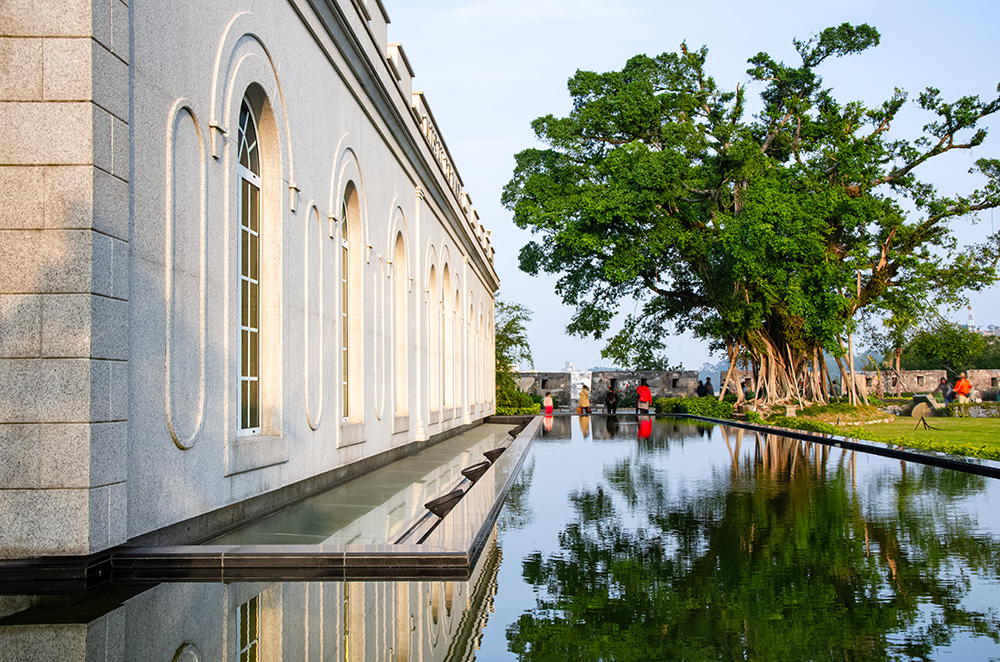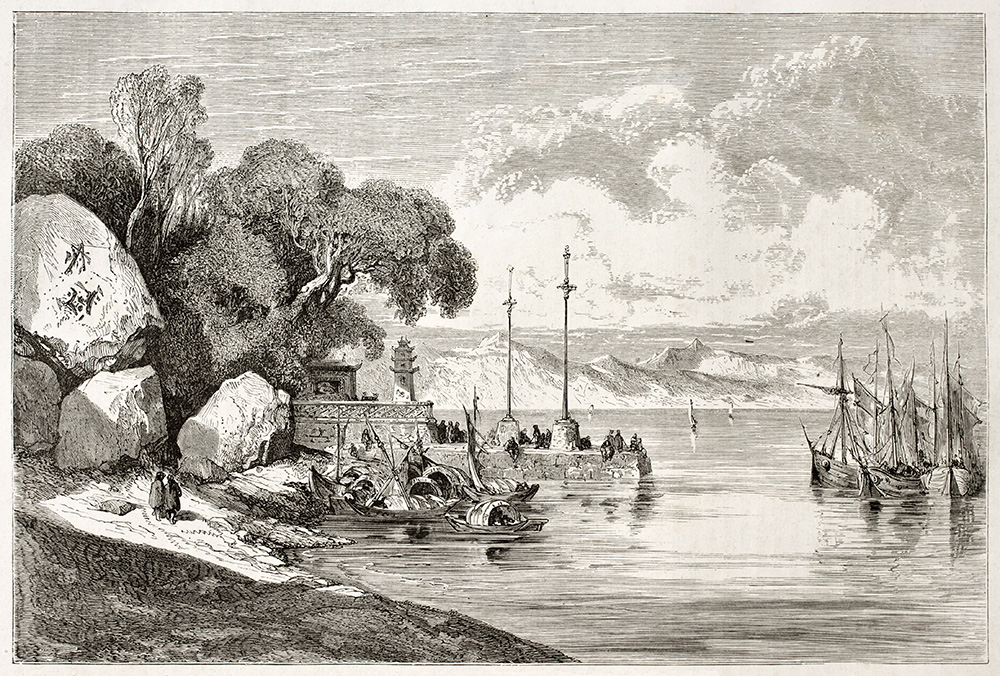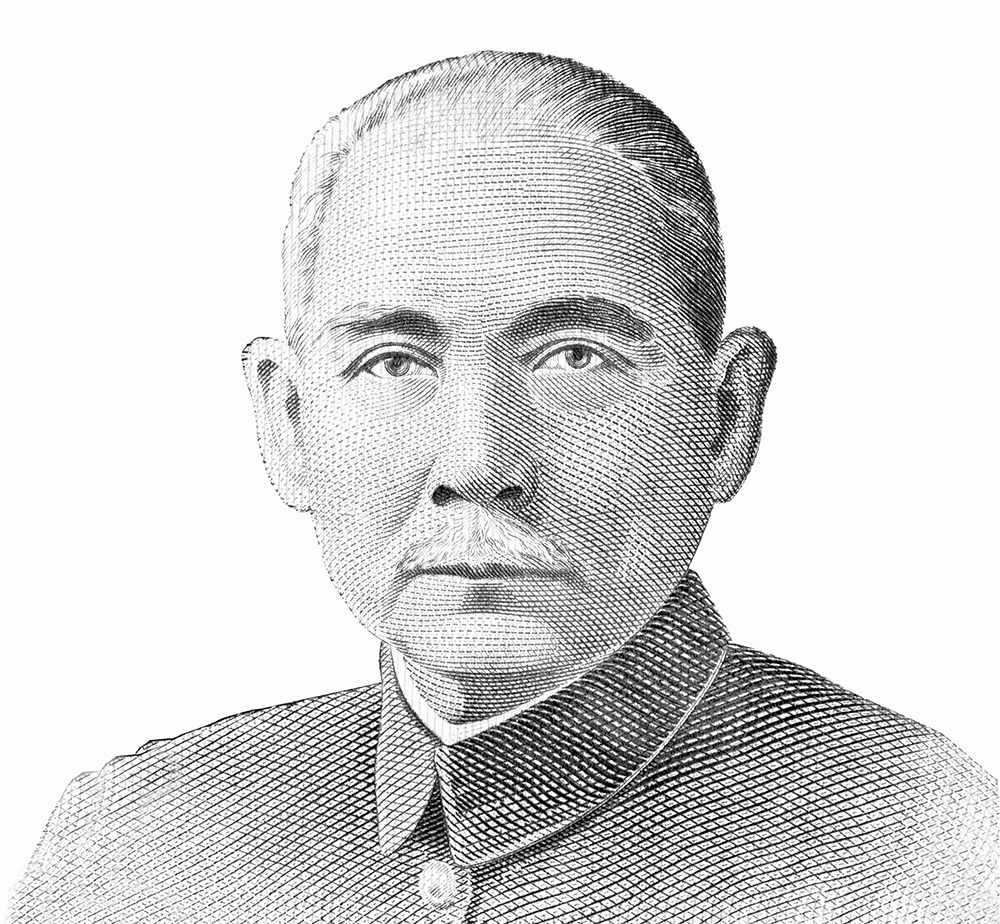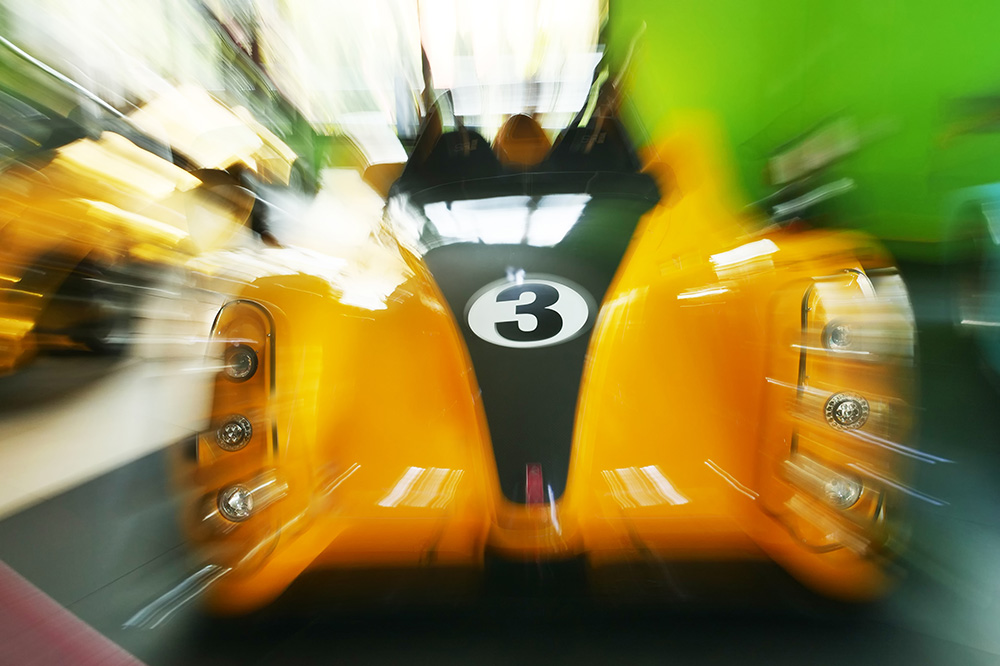Macao Museum

Opened in April 1998, the Macau Museum is located in the historic district of the city centre. It is located on the Mount Fortress built in the 17th century. It is adjacent to the Ruins of St Paul’s Cathedral and is not far from the Camoes Garden. Through donations, acquisitions, institutional transfers and preservation, the Macau Museum has expanded its major collections and received a range of collections that showcase the coexistence of Eastern and Western cultures. Such collections include Chinese and Western painting, porcelain, religious art, historical photographs, archives, and artefacts that reflect contemporary customs and daily lives.
From the first to third floor, visitors can visit multiple permanent exhibitions and appreciate treasures with great historical and cultural value. The first floor showcases Macao’s history, commerce and trade, as well as Eastern and Western cultures and religions. The second floor displays folk traditions and arts, religious ceremonies and folk celebrations. The third floor showcases contemporary Macao and contemporary life in Macao, as well as some literary and artistic works. In addition to the permanent exhibitions, the museum regularly organizes temporary exhibitions on life in Macao and organizes activities for adults and children to learn about Macao’s cultural traditions. In addition, the museum also holds seminars and workshops.
Admission is 15 patacas, 8 patacas for student cardholders, and free for certain groups. Apart from the front gate of the museum, there is also a special passageway for the disabled. Cantonese, Putonghua and English guided tours are available for free on Thursdays, Saturdays and Sundays without prior appointment. Other dates must be booked in advance.
Website
E-mail: [email protected]
Opening times: 10 am – 6 pm (last admission 5:30 pm)
Closed on Mondays (open on public holidays).
Free admission on Tuesdays and the 15th of every month.
Maritime Museum (Macau)

The Maritime Museum (Macau) is located in front of the A-Ma Temple (formerly known as “A-Ma Pavilion”). The building of the museum looks like a sailboat moored at the entrance to the inner harbor.
The museum is divided into several floors: the underground floor displays the traditions and lifestyles of the fishermen of Southern China. Visitors can see the boats, tools, fishing methods and understand the marine life that is unique to that area. Moreover, visitors can visit the replica fishermen houses to see how families divided up the tasks before and after fishing. In the attic, between the basement and the first floor, there are 14 models of traditional Portuguese ships, including two magnificent ship models, the Sagres and the Craiola. The first floor is dedicated to the voyage of discovery. It focuses on the maritime history of China and Portugal. Through the interactive devices, the visitor can see the voyages of Zheng He in the Ming Dynasty in the 15th century, and also the different routes of the Portuguese seafarers in the 15th and 16th centuries.
The exhibits on the second floor of the museum are all about navigation technology and maritime vehicles. It shows the traditional vessels and the modern ship models that travelled between Macau and Hong Kong. The model of the sky over the Northern hemisphere highlights the importance of astronomy in navigation. On the way to the exit, visitors may be drawn to the aquarium. These aquarium galleries show the riverbeds, the harbor, coral reefs and the deep ocean where a sunken ship lies. On the outside of the museum, there are several life-size dragon boats which are identical to the dragon boats used during the Dragon Boat Festival.
Tickets cost 5 to 10 patacas, and admission is free for Macau ID card holders under 10 years old and seniors aged 65 and above.
E-mail: [email protected]
Website
Opening times: 10 am – 6 pm (last admission 5:30 pm)
Closed on Tuesdays.
Museum of Taipa and Coloane History

The Coloane Historical Museum is located in on Rua Correia da Silva, Taipa Island, Macao. It was built in 1920 and was used by the Macao Municipal Government as the Island City Hall. In 1992, the building was included in the “Cultural Relics List of Macao” as a building with architectural artistic value. It became a center for the preservation and promotion of the history and culture in Macao island and Coloane on May 7, 2006.
This small museum has a complete collection of artefacts that can represent the history of Taipa and Coloane Island. The museum is two stories high: the ground floor displays artefacts excavated from the Ha Sa beach of Coloane from 1973 to 2006, which can be dated back to thousands of years ago. The remains of the underground floor of the Taipa City Hall on the offshore islands can be appreciated on the same floor. They were discovered during archaeological excavations in Taipa Village from 2004 to 2005. We can learn about the village, religion and cultural evolution of the two islands on the first floor.
On the second floor, a number of exhibition halls with different themes can be visited, including the history of the old island city hall, agriculture and handicraft industry, models of interest and architectural features all over the Coloane, as well as the recent development of the two islands. It lets visitors gain a deeper understanding of the modern political development and economic life of Coloane. At the end of your visit in the Museum, you can wander and immerse yourself in the streets of Taipa Village, appreciating the cultural atmosphere and history of this place.
Admission to the museum is free. Guided Tours are available from 15:00 to 17:00 on the Sundays of the first, third and fifth weeks of each month. Guided tours by appointment are also available.
E-mail: [email protected]
Website
Opening times: 10 am – 6 pm (last admission 5:30 pm)
Closed on Mondays.
Sun Yat Sen Memorial House

Located on Rua de Silva Mendes, Tap Seac district, Macao, Sun Yat Sen Memorial House was constructed in the Islamic Moorish architectural style, one among many architectural heritages in the city. It records the history of the early 20th century vividly. At the time, Sun Yat-sen, known as the father of the Republic of China, had been living in Macao and resisting the Qing government. He had the support of some of Macau’s leading politicians at that time. According to various historical records, they were the great revolutionaries who overthrew the decadent Qing government in 1911.
There is a bronze statue of Mr. Sun Yat Sen and the four characters “the world is for everyone” in the garden. However, only the family members of the outstanding leader lived in the house at that time, and it seems that Mr. Sun Yat Sen himself did not live here. The “Sun House” was built in 1912 in the Islamic Moorish architectural style. Sun yat-sen’s first wife Lu Mu Zhen (1885-1915) and his two daughters Sun Yan, Sun wan, and his son Sun Ke lived in the house.
In 1930, the museum was badly damaged by an explosion originating from a powder magazine at the nearby Governor’s Residence. In 1931, the house was rebuilt. Today, we can see this is a three-story high Islamic Moorish building, with ornate balconies and spacious terraces.
Admission to the museum is free and it is open from Sunday to Monday, from 10 a.m. to 5 p.m. It is closed on Tuesdays.
E-mail: [email protected]
Website
Opening times: 10 am – 6 pm (last admission 5:30 pm)
Closed on Tuesdays.
Grand Prix Museum

The Grand Prix Museum in Macao was inaugurated in 1993 and officially opened to the public in 1995. Located on Gomez Street in the new tourism activity center at the heart of Macau, the museum is an attraction for all motorsport enthusiasts and those who are interested in Macao’s premier motorsport events. The Grand Prix, which originated from an organization of a group of friends and grew into an international event in 1975, has a place in the sporting and racing calendar today. Teddy Yip, Paul Du Toit, Dodjie Laurel and Ayrton Senna, who have done well in the Lookout Circle, are often mentioned in the Grand Prix. You can also find the red Triumph TR, which was the champion in the first Grand Prix, among many racing exhibits.
The museum displays a wealth of photographs, trophies and memorabilia for visitors to appreciate the history of the biggest car race in the world, which has been running for more than half a century. Entering the small cinema, you will be able to watch the most memorable race highlights. Don’t miss the chance to try out a mock race car, which will transport you to a virtual race experience and the winding route of the Guia Circuit. You can also visit the Wine Museum, which is also located in the center. Learn about the cultural traditions of wine and finish your tour with a wine tasting.
In celebration of the 50th Grand Prix Macao, the Macao government has renovated the Grand Prix Racing Museum, which is currently closed to the public. It will open shortly. Admission is 10 patacas for adults, 5 patacas for youth (11 to 18 years old), free for children (under 10 years old) and seniors (over 60 years old), and 20 patacas for packages (admission to both the Wine Museum and Grand Racing Museum), there is a 50% discount for groups.
E-mail: [email protected]
Website
Opening times: 10 am – 6 pm (last admission 5:30 pm)
Closed on Tuesdays.